Home / Handy Tips /
Sick and tired of your slow computer? Want to boost speeds and improve performance? If your computer is a few years old, upgrading your hard drive to a solid-state drive (SSD) could be the perfect solution.
While upgrading your computer with an SSD can be a straightforward process, unless you are familiar with a computer’s technical configuration, you may run into a few challenges. In this article, we’ll answer some of the key questions about SSDs. Let’s get right to it.
What’s the difference between a hard drive and SSD?
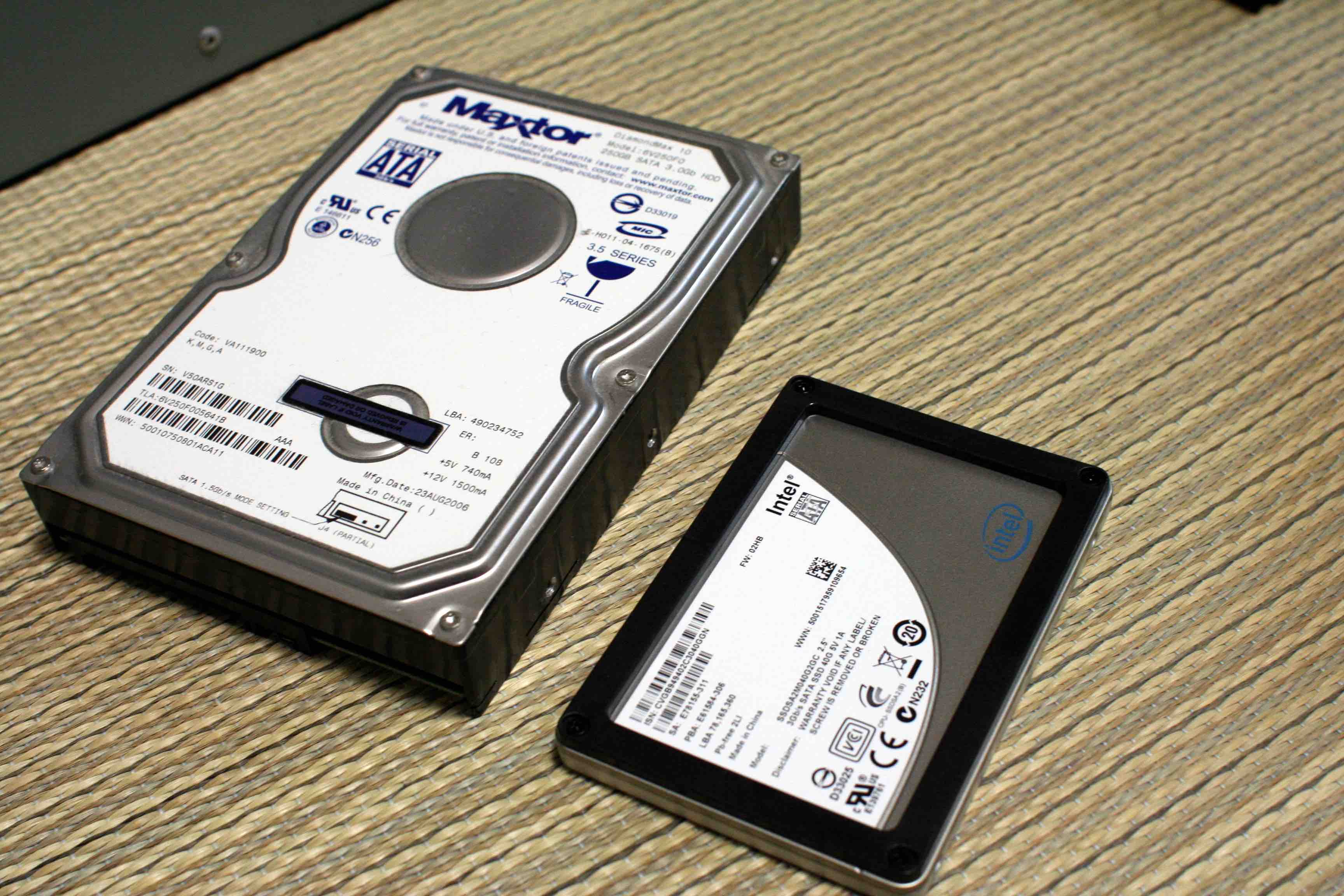
The difference between a hard disk drive (left) and a solid-state drive (right)
Up until recently, most desktop and laptop computers have used a traditional spinning hard disk drive. Similar to an old record player, hard drives feature a number of platters – or disks – that are read by and written on with a read/write head. The head is attached to a tiny arm that floats above each disk. These platters spin very fast – thousands of revolutions per minute.
Because so many individual parts constitute a hard drive, they require a fair amount of power, can be noisy, and are susceptible to slowing down.
In contrast, an SSD has no moving parts. Instead, an SSD has a range of semiconductor memories that are organised to behave like a disk drive. Instead of magnetic or optical storage media, an SSD uses integrated circuits.
These technical details aren’t important if you are simply looking for improved performance. The most critical factor is the lack of moving parts – this results in faster, smoother, less-frustrating usability.
You can read more about the difference between a hard drive and solid-state-drive in our article, Hard Disk Drive vs Solid State Drive: What’s the Difference?
Why switch to an SSD?
Switching from a hard drive to an SSD is one of the most effective ways to boost your computer’s performance.
SSDs require less power to run, are quieter, more efficient, and faster than traditional drives. That means less waiting around, potentially more storage, and an overall more enjoyable user experience.
Are there any reasons to stick with a hard disk drive?
If SSDs are so superior, why do some modern computers house hard disk drive? Great question.
The number one reason for this is price. Hard drives are cheaper than SSDs per gigabyte. A quality 500GB SSD might cost you upwards of $200, whereas a comparable hard drive would cost you about half that. So, if you are on a budget, or need a hefty amount of storage space, you may want to stick with your hard disk drive.
Although the price difference between hard drives and SSDs is quite dramatic, this is set to change. SSDs have dropped in price over recent years, and should continue to do so.
How to upgrade to an SSD
So, you are convinced of the performance-boosting power of an SSD, and want to upgrade. What now? Here’s our guide to upgrading your laptop or desktop computer with an SSD.
1. What kind of SSD do you need to buy?
Before you start, you must research the type of SSD that will be compatible with your computer.
The first question to answer is whether or not your computer uses a standard SATA (Serial ATA). A quick Google search should give you the answer. If so, you will be able to do a bit of computer maintenance to give your desktop or laptop a new hard drive.
Then, poke around on your computer manufacturer’s website, help pages, and manuals to find out what sort of SSD you will need to purchase. Keep in mind that, although both Mac and PCs can be upgraded, you will need to purchase a Mac-specific SSD if you are a Mac user.
Also, if you use a very recent Mac laptop – 2017 onward – the SSD is soldered to the motherboard. That means you cannot remove the current SSD, so you’re stuck with what you’ve got. If your Mac is having performance issues, Computer cures can help with your Mac repair problems.
2. Purchasing an SSD
Shopping online for an SSD can be an overwhelming process – there are just so many on the market. Big brands include Samsung, Crucial, Toshiba, and SanDisk, but it’s certainly isn’t necessary to stick with these.
Be sure to purchase the correct size. Most SSDs are designed to replace a 2.5-inch hard drive, which is the perfect size for the majority of laptops and small desktops. If your desktop uses a 3.5-inch hard drive, you will need to purchase a mounting adapter.
If all of this sounds way over your head, don’t panic. Adding a computer update like a SSD is an extremely common aftermarket process, and many professional computer technicians – including the expert team at Computer Cures – will help you purchase and install a new SSD.
3. Back up your hard drive
To make the migration process as smooth as possible, and to protect your data, you must back up your hard drive before you swap it out for an SSD. Although the upgrade procedure is quick and painless, things can go wrong. It’s always a good idea to cover your tracks, and ensure your data is secure.
4. Installing the SSD and migrating your data
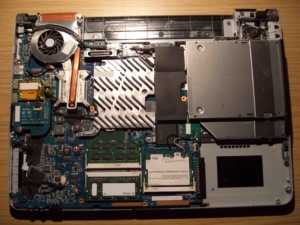
Inside a laptop
Upgrading to an SSD is a fairly common DIY computer operation. However, if you are not comfortable taking your computer apart, it’s best to leave the installation to a computer expert. The team at Computer Cures are happy to help you with your computer setup.
Before you take your computer apart, copy the entire contents of your hard drive to the new SSD. Do keep in mind the capacity difference between the two drives. If you purchased a smaller SSD, you may need to move some of your data onto an external hard drive or cloud storage.
To copy your data onto your SSD, you’ll need two things: an external drive case (to connect your SSD to your computer via the USB port), and cloning software. Cloning software makes a complete copy of your hard drive, which you can then transfer onto your SSD. This copy includes your operating system – most SSDs do not come with an operating system pre-installed.
If your computer is in serious need of a performance boost, it may be worth installing the operating system without your cumulated data. A clean SSD will do wonders to improve your device’s speed and usability.
Once the data is copied to the new drive, it really is as simple as removing the old hard drive, clipping in the SSD, and booting up your computer.
Sound like too much trouble?
If you are not confident performing a DIY SSD computer update, don’t risk it. You could end up wasting your money, or losing all of your important data. Instead, let us do it for you. We can guide you through the entire process, from selecting the right SSD for your needs to the migration of your data. Call us today for an accurate quote on 1300 553 166, or fill out the form on this page. Learn more about your SSD Hard Drive upgrade service:


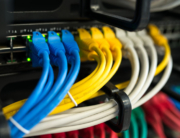
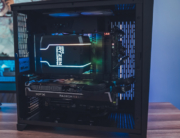
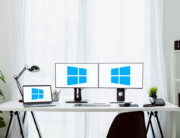




Leave A Comment